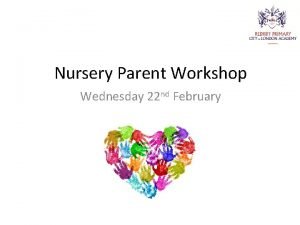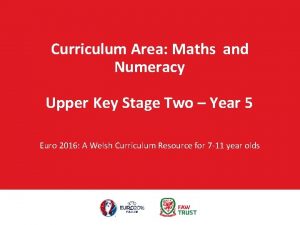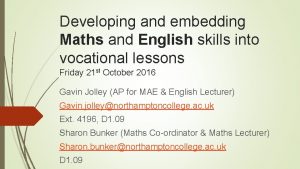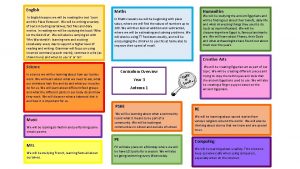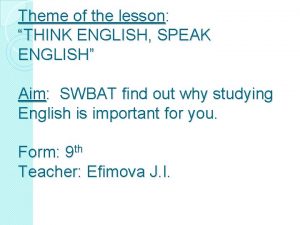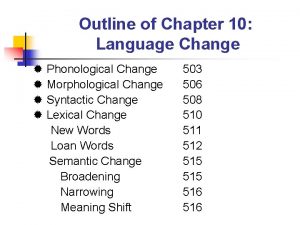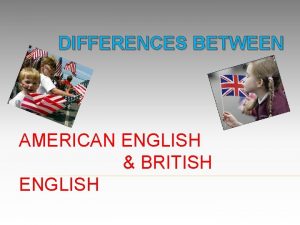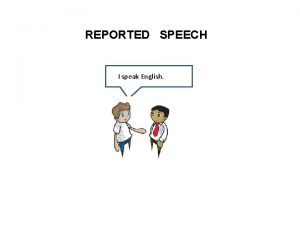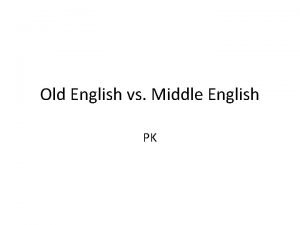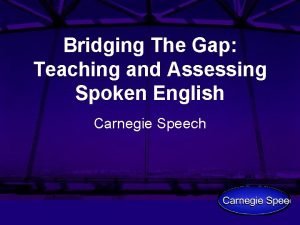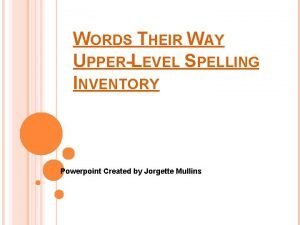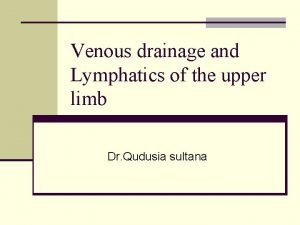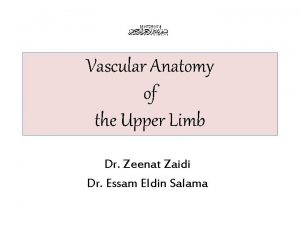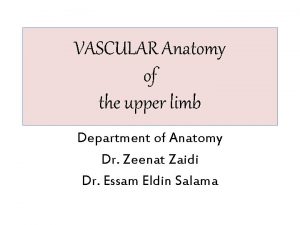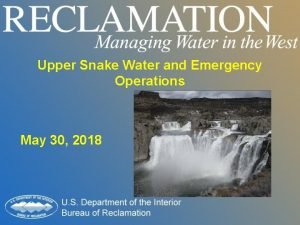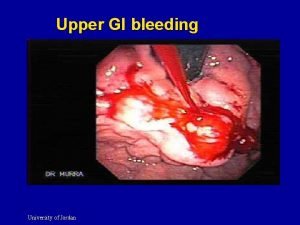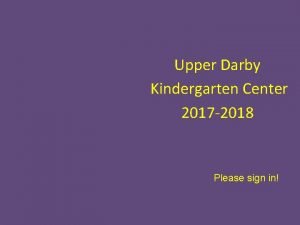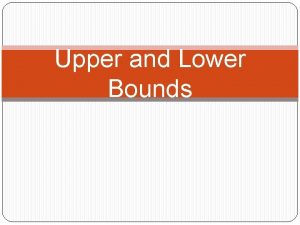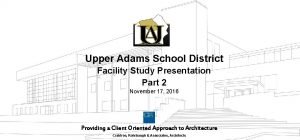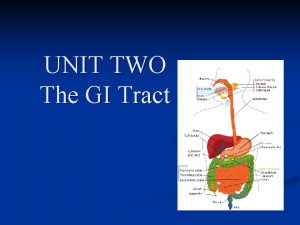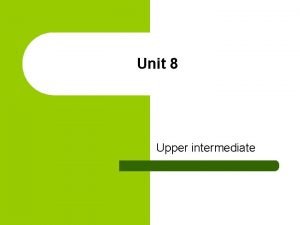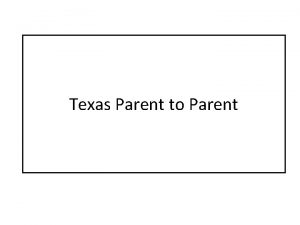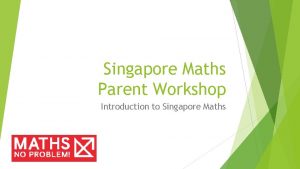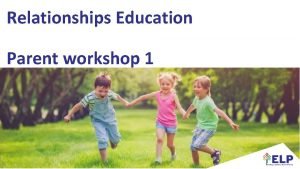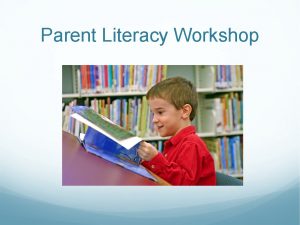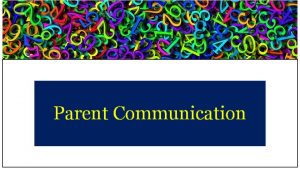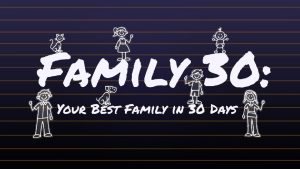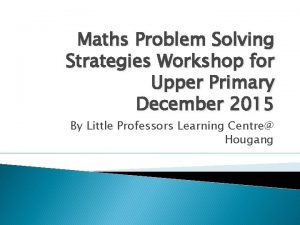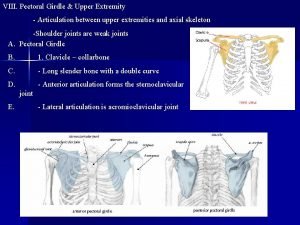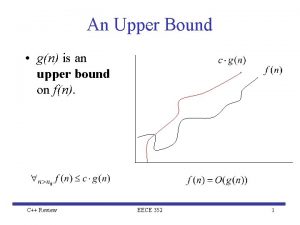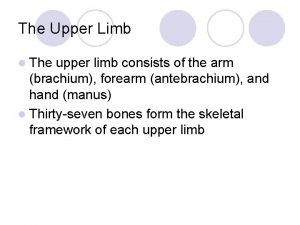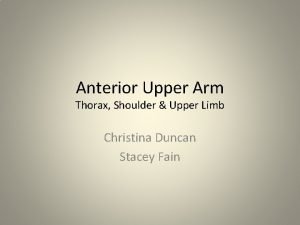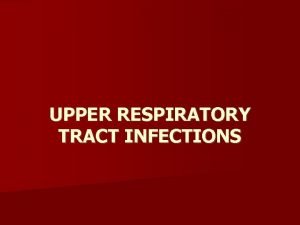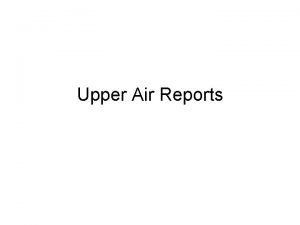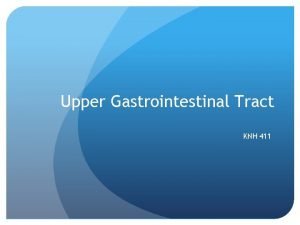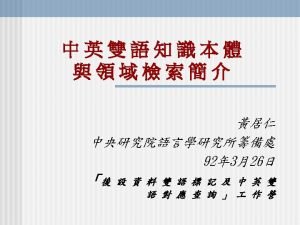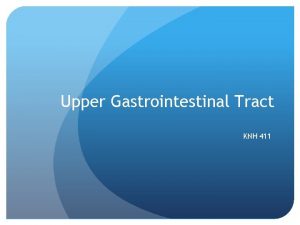Upper KS 2 Maths English Workshop Parent Maths






























- Slides: 30

Upper KS 2 Maths& English Workshop

Parent Maths Workshop

AGENDA • Mathematics 2014 new curriculum • Assessment overview • Sample arithmetic paper • Calculation methods taught in class • How you can help your child at home

AIM OF THE WORKSHOP üTo outline the main changes to the new primary maths curriculum. üTo provide parents with ideas and activities that they can use at home to support children’s maths development. üTo outline the clear progression of the four calculation methods and how these are taught at Rawdhatul Uloom.

KEY AIMS OF THE NEW MATHS CURRICULUM • Fluent recall of mental maths facts e. g. times tables, number bonds. Etc. • To reason mathematically – children need to be able to explain the mathematical concepts with number sense; they must explain how they got the answer and why they are correct. • Problem solving – applying their skills to real-life contexts.

REASONING • Spot the mistake: -75, -15, 35, 105 What is wrong with this sequence of numbers? • True or false? When I count backwards in 50 s from 10 I will say -150. Explain how you know.

KEY CHANGES NEW MATHS CURRICULUM Ø By the age of nine, children are expected to know times tables up to 12× 12 (used to be 10× 10 by the end of primary school). Ø Written methods are set in stone. Ø No calculators allowed Ø End of KS 2 mental maths test has been replaced with an arithmetic test

Assessment at Rawdhatul Uloom ü Half termly tests to assess children’s progress in line with the key objectives for their year group ü Use to inform future lesson planning ü Show where they are up to in relation to year group objectives (working towards expected, expected , above expected) ü Gaps used to set children’s targets ü In addition, we have weekly basic skills sessions which are also linked to the yearly objectives – children work at the stage that is appropriate to them – might be lower stage to catch up with the gaps

ADDITION

SUBTRACTION

MULTIPLICATION

MULTIPLICATION

DIVISION

LONG DIVISION

GOOD PRACTICE IN MATHEMATICS • All children need to learn maths in a real life context. As well as knowing 7 x 7=49. Children need to be able to do the following: There are 7 fields, each field has 7 sheep in them. How many sheep are there in total? • Children need to be able to explain how they have calculated or solved a problem. • In the new curriculum, written calculations are taught at an earlier age. The mental methods are essential for supporting pupils understanding of these written calculations.

HOW YOU CAN HELP AT HOME • • Telling the time. The ability to estimate. To use maths in a real life context. Cooking. Shopping Practise times tables-children need to recall facts within 5 seconds Support with homework using methods we’ve shown you. Help your child to check their work through – this will help them to spot mistakes that can sometimes be easily fixed .

KEY INSTANT RECALL FACTS Ø Times tables up to 12 x 12 Ø Square numbers Ø Prime numbers Ø Fraction, decimal and percentages equivalences 6 x 7 = 42 Ø Metric conversions 7 x 6 = 42 4. 2 ÷ 7 = 0. 6 42 ÷ 7 = 6 42 ÷ 6 = 7

Parent English Workshop

AGENDA • English 2014 new curriculum • Sample SPAG questions • How SPAG is taught in class • How you can help your child at home

AIMS OF THE WORKSHOP • Enable you to understand the changes occurring in English due to the new curriculum • Provide you with a greater understanding of how English is taught in school and progression of spelling, punctuation and grammar through Key Stage 2. • Enable you to see the types of different questions children will be asked to do by the end of Year 6. • Help you understand how you can help your child at home.

THE NEW CURRICULUM: READING In reading, the curriculum will require: • A shift from word reading to reading comprehension • A focus on applying own knowledge to digest new words and comprehend texts • Pupils to make comparisons between texts

READING Ø Format of this has changed. Ø Hour to read booklet and answer questions. Ø There will be 3 texts and sets of questions which are all different difficulty levels. Ø There a variety of different questions to be answered in different ways Ø Children cannot have any adult help in this test Ø deep comprehension of unfamiliar texts, read at high speed.

There are 4 main types of questions on the reading paper Ø • Literal – answer is there in the text Ø • Deductive – look for clues Ø • Inferential – read between the lines Ø • Authorial intent – e. g. why does an author use a particular word

The captain ordered me to the top of the mast. The main sail needed to be secured. The wind howled and its sharp fingers scratched at my shirt, making it ripple fiercely. The waves pounded against the ship’s wooden beams. Each wave thrust the ship to the side and the main mast shivered, nearly tossing me down into the violent swell of the ocean. I hung onto the mast for dear life, determined to do my job. Q 1: What was the weather like? How do you know that? (deduce) Q 2: what does it mean by the waves pounded against the ship’s wooden beams? (inference) Q 3: why has the author used the phrase ‘ hung onto the mast for dear life? (authorial intent)

WHAT IS SPAG? • Spelling, Punctuation & Grammar • Heightened focus in the new literacy curriculum • Specific skills are taught within Literacy lessons to improve the knowledge and understanding of our pupils • Has been tested in KS 2 since 2013 and will begin in KS 1 in 2016.

QUESTIONS FROM THE SAMPLE SPAG TEST FOR 2016

LET’S EAT, GRANDMA. LET’S EAT GRANDMA.

How to help you Child with Reading • Listening to toyourchildread can take many forms. Firstand andforemost, focus developing enjoyment love of reading. • First focus developing anan enjoyment andand love of reading. Enjoy storiestogether – reading stories to your at KS 1 and KS 2 is equally • Enjoy – reading stories to your child at KS 1 and KS 2 is equally as as importantas aslisteningtoto your child read. important your child read. Read aa little time but often, rather for long periods • Read little atata atime but often, rather than rarely but forbut long periods of time! Talk aboutthe thestory before, during afterwards – discuss the plot, characters, the • Talk before, during andand afterwards – discuss the plot, characters, feelingshow andit actions, howfeel, it makes feel, their feelings their and actions, makes you predictyou what willpredict happenwhat and will happen andyour encourage to have their own opinions. encourage child to your havechild their own opinions. Look up up definitions words together – you could a dictionary, internet • Look definitions ofofwords together – you could useuse a dictionary, the internet or an app a phone or tablet. app on on a phone or tablet. • All readingisisvaluable––ititdoesn’thavetoto just stories. Reading involve bebe just stories. Reading cancan involve anything from and non-fiction, poetry, newspapers. from fiction andfiction non-fiction, poetry, newspapers, magazines, football programmes, TV • guides. Visit the local library - it’s free! • Visit the local library - it’s free!

How to help your child with Writing • Practise and learn weekly spelling lists – make it fun! • Encourage opportunities for writing such as letters to family or friends, shopping lists, notes or reminders, stories or poems. • Write together – be a good role model for writing. • Encourage use of a dictionary to check spelling and a thesaurus to find synonyms vocabulary and expand vocabulary. • Allow your child to use a computer for word processing, which will allow for editing and correcting of errors without lots of crossing out. • Remember that good readers become good writers! Identify good writing features when reading (e. g. vocabulary, sentence structure, punctuation). • Show your appreciation: praise and encourage, even for small successes!

How to Help Your Child • First and foremost, support and reassure your child that there is nothing to worry about and they should always just try their best. Praise and encourage! • Ensure your child has the best possible attendance at school • Support your child with any homework tasks. • Reading, spelling and arithmetic (e. g. times tables) are always good to practise. • Talk to your child about what they have learnt at school and what book(s) they are reading (the character, the plot, their opinion). • Make sure your child has a good sleep and healthy breakfast every morning!
 Parent workshop ideas
Parent workshop ideas Upper key stage 2 maths
Upper key stage 2 maths Embedding english and maths
Embedding english and maths Maths in english lessons
Maths in english lessons English speak lesson
English speak lesson Spoken english and broken english g.b. shaw summary
Spoken english and broken english g.b. shaw summary Phonological change examples
Phonological change examples Who is the father of english drama
Who is the father of english drama Old english vs modern english
Old english vs modern english Differences between americans and british
Differences between americans and british British and american english
British and american english Old english vs modern english
Old english vs modern english Do you speak english reported speech
Do you speak english reported speech Ic old english
Ic old english The gap between written and spoken english
The gap between written and spoken english Rhodic english
Rhodic english Upper spelling inventory
Upper spelling inventory Tajewala headworks in haryana
Tajewala headworks in haryana Tajewala barrage dam
Tajewala barrage dam Supratrochlear lymph node
Supratrochlear lymph node Scapula lymph nodes
Scapula lymph nodes Arteries of the upper limb
Arteries of the upper limb Branches of axillary artery
Branches of axillary artery Vancleave upper elementary school
Vancleave upper elementary school Upper snake river teacup
Upper snake river teacup Gi
Gi Kindergarten center upper darby
Kindergarten center upper darby Upper and lower bounds rules
Upper and lower bounds rules Upper adams middle school
Upper adams middle school Dumping syndrome signs
Dumping syndrome signs 8llll
8llll
